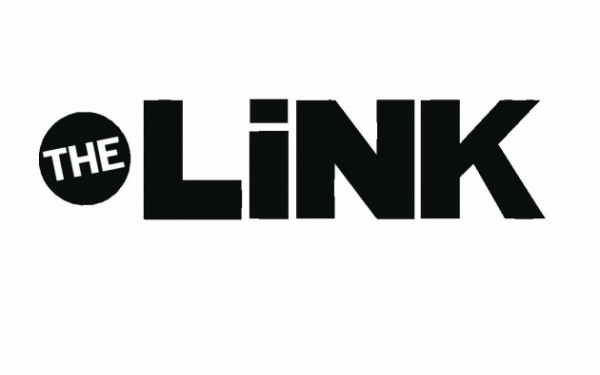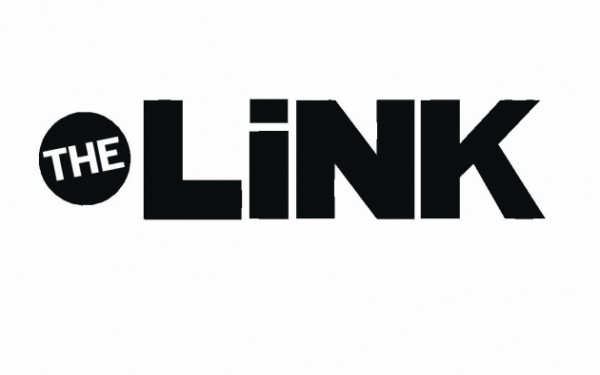Probing the Propaganda
The Link Checks Out the CSU’s Tuition Claims
“With tuition rates expected to skyrocket, it’s important for everyone to be informed about government cut-backs and tuition hikes,” reads a pamphlet distributed by the Concordia Student Union.
We couldn’t agree more, so we dissected the CSU pamphlet to test its accuracy. And it’s a good thing we did! The document is fraught with informational errors—some vague, some misleading and others outright false.
The over 20 unsourced statements and statistics made for a difficult task, but this didn’t stop us from unearthing many of the pamphlet’s inaccuracies.
http://thelinknewspaper.ca/u/pierre/issue11/11sp.FACTS1.jpg
This claim is supported by the following logic: If Quebec’s tuition is raised to the national average, the province’s participation rate will fall accordingly, thus eliminating 30,000 students. By the same logic, one would expect Ontario, which has the highest tuition rates in the country, to have the lowest rate of participation. This, however, is not the case.
Source1: Do we really need to raise tuition fees? (Page 16)
Source2: Statistics Canada: Average undergraduate tuition fees for Canadian full-time students, by province
http://thelinknewspaper.ca/u/pierre/issue11/11sp.FACTS2.jpg
The document from which we believe these facts are drawn—one produced by the Fédération étudiante universitaire du Québec—states that half of undergraduate students live on less than $12,200. Half is not necessarily an average. The average student income, according to the same document, is actually $13,330. So far as we can tell, however, the $14,000 is a correct debt figure.
Source: Guide Against the $1,625 Hike inTuition Fees (Page 17)
http://thelinknewspaper.ca/u/pierre/issue11/11sp.FACTS3.jpg
This is misleading. The statement suggests that the government allocates $7 per day for all expenses. The believed source of this information (FEUQ), however, states that the $7 per day is for food alone. To complicate matters further, the FEUQ document itself is without sources. (An unsourced source does not instill confidence in its readers.)
Source 1: Guide Against the $1,625 Hike inTuition Fees (Page 19)
Source 2: Sources et Modes de Financement des Étudiants de Premier Cycle (Page 53)
http://thelinknewspaper.ca/u/pierre/issue11/11sp.FACTS4.jpg
Praise the tuition gods; this is correct!
http://thelinknewspaper.ca/u/pierre/issue11/11sp.FACTS5.jpg
The CSU provides no evidence to demonstrate fiscal mismanagement on the government’s part. More details are required to substantiate this claim.
http://thelinknewspaper.ca/u/pierre/issue11/11sp.FACTS6.jpg
This $500 increase affects ancillary fees, not tuition. Ancillary fees do not fund reductions in classroom size or improved teaching–to imply so is dishonest.
Also, tuition fees in Europe vary greatly from country to country; some nations provide free education, while others charge relatively high fees (in comparison to the Canadian average). The sweeping generalization that a European education is “excellent” is also highly suspect. Prove it!
http://thelinknewspaper.ca/u/pierre/issue11/11sp.FACTS7.jpg
They got this one right as well. But which of the two ancillary fee increases, mentioned in the same pamphlet, is correct? Again, it sure would be nice to have sources!
http://thelinknewspaper.ca/u/pierre/issue11/11sp.FACTS8.jpg
According to the FEUQ, the average yearly student food budget was $3,294 in 2010. Applying the FEUQ’s inflation rate of 4.8% brings the total to $3,618, still well below the number presented in the pamphlet.
To add insult to injury, the proposed cost of tuition for 2012 is actually $2,493. If the CSU can’t nail down this central fact, how can we trust the other uncited numbers?
Oh, and who spends $762 on clothing while struggling with tuition?
Source: Guide Against the $1,625 Hike inTuition Fees (Page 19)
http://thelinknewspaper.ca/u/pierre/issue11/11sp.FACTS10.jpg
It is unclear whether these stats are for undergraduates, graduates, or both combined.
http://thelinknewspaper.ca/u/pierre/issue11/11sp.FACTS11.jpg
If 50 per cent of students make under $12,000, then 50 per cent of students should make $12,000 or more. Simple logic, right? Not according to this pamphlet. What happened to the other 25 per cent?
Also, in a previous square this number is printed as $12,200, not $12,000. Which is it?
http://thelinknewspaper.ca/u/pierre/issue11/11sp.FACTS12.jpg
WTF do these numbers even mean? Isn’t a picture supposed to be worth 1,000 words?
http://thelinknewspaper.ca/u/pierre/issue11/11sp.FACTS13.jpg
Yes, they got it right!


_600_832_s.png)



